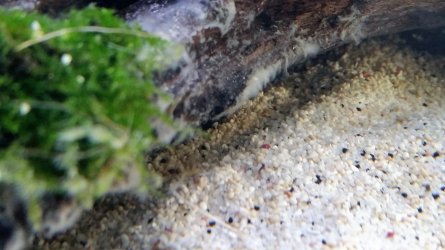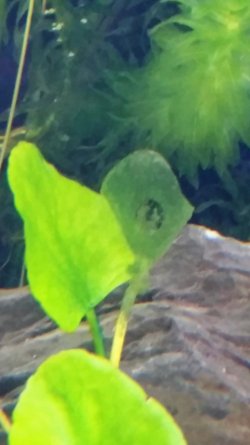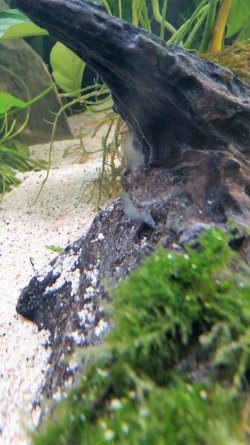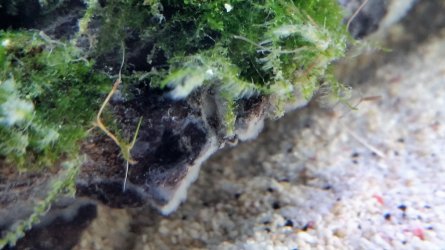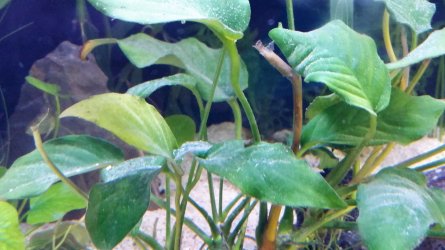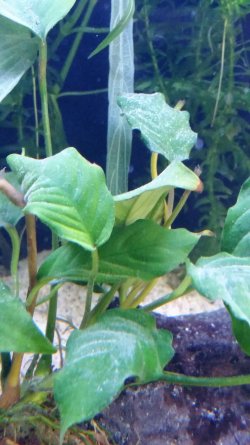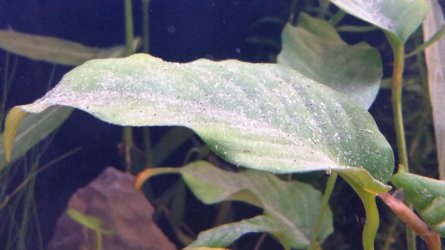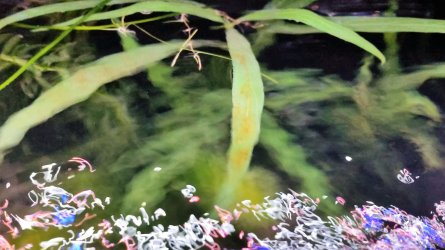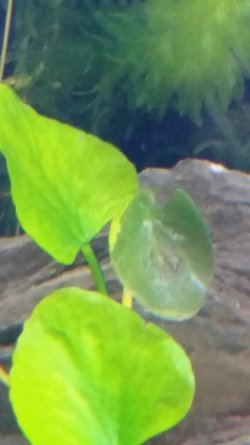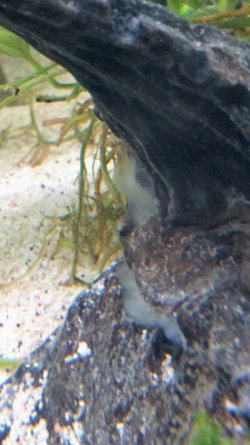Yarkii
Fish Fanatic
- Joined
- Mar 1, 2017
- Messages
- 159
- Reaction score
- 2
Hello!
Is there some way to work out how long to keep lights on for a currently-cycling tank? I'm using aragonite & coral sand as substrate (my water is very soft but I want to keep hard water fish), and I've put in some anubias & moss on driftwood, some elodea, bamboo, hairgrass, banana lillies, and a long grassy thing I don't know the name of. I've just popped some slate in there too.
My lighting is 28W LED (2 x White + 1 x RGB & Blue).
I have no idea when to use the white lights, when to use the blue light, when to use both together, and when to have it all off.
Thank you! Any advice would be much appreciated.
[emoji263] [emoji225] [emoji271]
Sent from my SM-G900I using Tapatalk
Is there some way to work out how long to keep lights on for a currently-cycling tank? I'm using aragonite & coral sand as substrate (my water is very soft but I want to keep hard water fish), and I've put in some anubias & moss on driftwood, some elodea, bamboo, hairgrass, banana lillies, and a long grassy thing I don't know the name of. I've just popped some slate in there too.
My lighting is 28W LED (2 x White + 1 x RGB & Blue).
I have no idea when to use the white lights, when to use the blue light, when to use both together, and when to have it all off.
Thank you! Any advice would be much appreciated.
[emoji263] [emoji225] [emoji271]
Sent from my SM-G900I using Tapatalk



